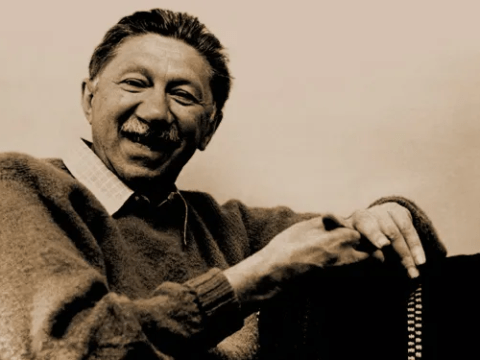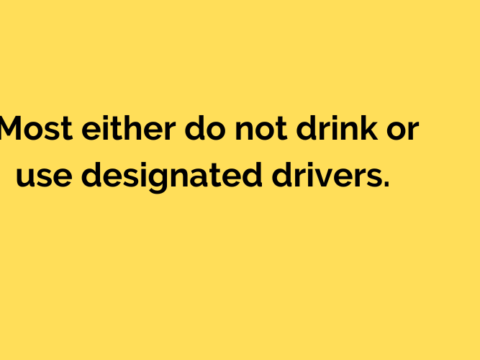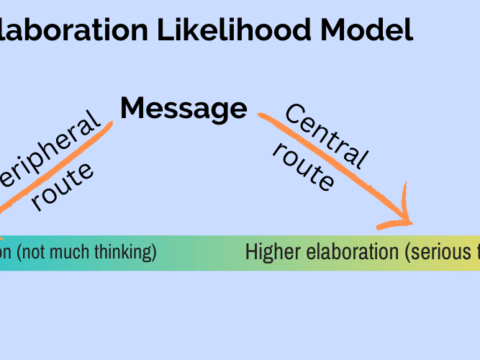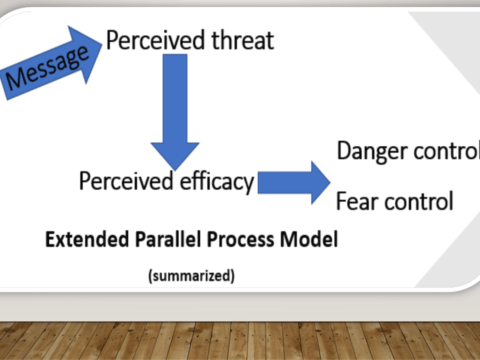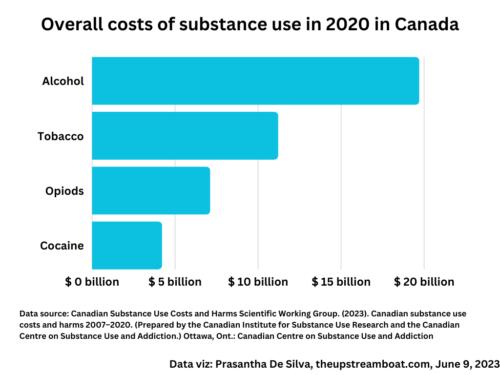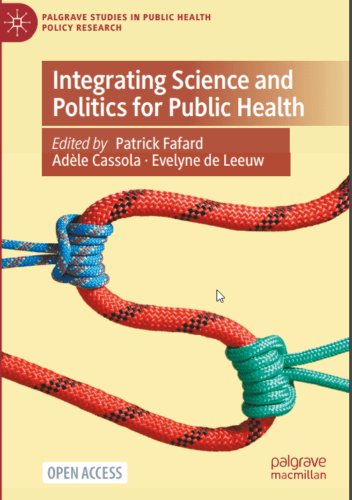Author: Prasantha De Silva
False consensus effect: We overestimate sometimes
We overestimate, sometimes. We assume more people agree with what we agree upon. But, often, that is not the reality. We might be in ” false consensus”. We overestimate. The subject experts call it the ” false consensus effect” It is a strong cognitive bias. This effect came to light with Ross et al’s research conducted with Stanford University students in 1976. Ross et al. study series: 1976 Ross and his team asked a group of students whether they agreed to walk 30 minutes around the campus wearing a signboard displaying “eat at Joe’s”. They also asked another question from…
Related Articles
Theory of reasoned action and theory of planned behaviour
Can we change behaviour by changing attitudes? Not really, contrary to popular belief. The connection between attitude and behaviour is complex. In the 1960s, Fishbein and Ajzen explored the connection between attitude and behaviour. Based on the findings, they developed a theory to explain the connection between the two. It is the Theory of Reasoned Action. Later, they expanded a little further and renamed it the Theory of Planned Action. Theory of Reasoned Action (TRA) In summary, this theory says; Let us see how it applies in real life. Think that someone wants to carry out the breast self-examination. She…
What is the Self-Fulfilling Prophecy?
Think of this scenario: “A depositor empties his bank account because of his wrong belief that the bank is bankrupt. The word spreads like a wildfire; others follow suit. As a result, the bank becomes bankrupt”. This, in fact, occurred in Greece in 2015. This is the “self-fulfilling prophecy”. As far back as in 1948, Robert Merton described this phenomenon using the above scenario. So, this is what happens: 1. We make an assumption. 2. We change our action/behaviour based on this assumption. 3. Due to our action/behaviour, the assumption becomes true. According to Merton’s words, it is like this:…
Related Articles
Corona Virus epidemic updates
The World Health Organization (WHO) published the following video clip about this virus’s trajectory. It provides a clear account of this tiny tine beast’s attack on us. What happens with the onset of first symptoms The timeline that appears below depicts what happens after the first symptoms emerge. This is based on the followup of 41 patients who admitted to a hospital in China before January 24, 2020. The beast took the lives of six of them. The above timeline appeared in The Lancet paper published on January 24, 2020: https://www.thelancet.com/journals/lancet/article/PIIS0140-6736(20)30183-5/fulltext.
Related Articles
Stages of Self-Change
Although behaviour change occurs in a continuum, researchers have identified stages of self-change in some behaviours such as quitting smoking. Let us embark on this journey starting 37 years ago:1983. 1983: “Stages of change” Since the early 1980s, two researchers – James Prochaska and Carlos DiClemente – had been working with smokers who wanted to quit. They observed that some quit without any outside help. In order to explore the observation further, they recruited 872 middle-aged volunteers who were smoking from Rhode Island and Texas through a newspaper advertisement. After classifying them into five groups, the study participants were followed…
Prospect theory: How do we make choices?
Updated on March 25, 2023 We are not rational when we make choices under risk and uncertainty. This is because we prefer certainty. We do not want to live in uncertainty. Look at the following scenarios; The following examples appear in Daniel Kahneman and Amos Tversky’s 1979 paper on prospect theory. Their data were from the responses to hypothetical scenarios presented to Israeli university students. Scenario 1: Certainty effect with a monetary outcome gain Consider that you are given the following two options; Option A: A guaranteed win of 2500 in cash. Option B: 33% chance of winning 2500 in…
Related Articles
Diffusion of Innovation Theory
Derek Siver’s first follower: One evening, a crowd numbering about 100 were sitting and chatting in a greenery garden in front of a beach. Suddenly a young lad stood out, marched forward, and started to dance according to the tune of the music playing behind. He was without his shirt. A little while later, another guy joined him. Another few minutes later, about 4 – 5, both boys and girls joined them. Soon, another 10 – 20 more stood and were them; all were dancing and enjoying themselves together; later almost all were there; few of them did not join the…
Related Articles
Health belief model to craft health messages
We can use the Health Belief Model to craft health messages. In this blog post, we will explore, Health Belief Model’s Origins The model has a rich history. It came to light in the 1950s with Godfrey Hochbaum’s research project. This is how he conceptualised the model. In the 1950s, pulmonary tuberculosis became rampant in some neighbourhoods in the US. The US health authorities began screening at-risk people by X-raying their lungs to detect early changes. The service was free. But, many did not attend. To understand why they did not attend these free screening clinics, Godfrey Hochbaum surveyed 1200…
One death is a tragedy; a million a statistic!
Image by skeeze from Pixabay Updated July 25, 2021 I wrote the original post under the above title in February 2020 just before the COVID-19 pandemic sets in. It referred to millions of deaths of animals due to massive wildfires in Australia. Then, I added an update in June 2020; at that time it was us – COVID19 gobbled 4,00,000 humans. now, the world has aged one year from June 2020; the virus has claimed 10 times than the June 2020 total: Exactly 4,172,142 humans: 4.1 million!. Can we comprehend that number? We simply cannot. We have become numbed. Paul Slovic…
A tool to assess research impact
The IWH model presents a feasible conceptual framework for researchers to plan their research impact throughout the researcher journey.




